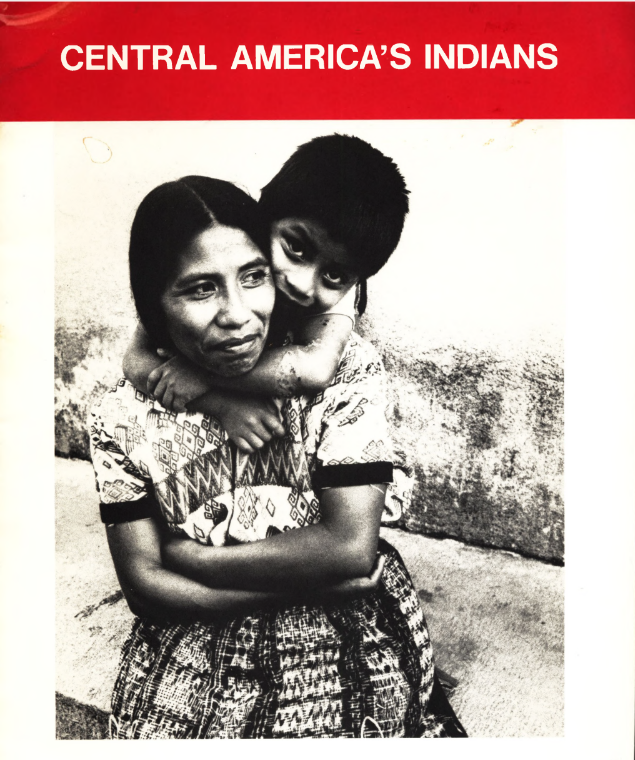Environment
The island group of Saint Vincent and the Grenadines is part of the Windward Islands chain in the southeastern Caribbean Sea. It consists of the main island of Saint Vincent and the northern islands of the Grenadines, The total area is 388 sq km.
History
The indigenous Kalina-go (Caribs), named the island ‘Hairoun’. Around 1675, a ship transporting Africans to be enslaved was wrecked on the coast of what is now Bequia. The survivors were given refuge by the Kalina-go. Later Africans escaping from slavery in Barbados, St Lucia and Grenada also found sanctuary. They all intermarried with the Kalina-go and became known as the Black Caribs or Garifuna (also Garinagu or Kalinagu).
The so-called Black Caribs together with the indigenous Kalina-go created a formidable fighting force that resisted European colonizing efforts for over a century. The first European colonizers (French ) did not establish settlements until 1719 when they began cultivating export crops using forced labour provided by thousands of enslaved Africans.
The Kalina-go of St Vincent regularly played rival European powers off against one another especially after 1763, when St Vincent was ceded to Britain. The Kalina-go were more tolerant of the French but constantly attacked British officials. This prompted the signing in February 1773 of a mutual non-aggression pact between the British and the Kalina-go similar to an earlier treaty established with the Maroons of Jamaica. There was some loss of land but the Kalina-go acquired the right to exist as an independent nation (See also Jamaica)
Conflict was re-ignited in 1776 when the Kalina-go rose against the British and in alliance with the French recaptured ing St Vincent. Kalina-go lands were restored and indigenous resistance continued until St Vincent was returned to British control in 1783.
Conflict between the British and the Black or fighting Caribs continued until 1796, when the British aided by German mercenaries and improved cannon technology were able to crush the Kalina-go resistance. The British deported more than 5,000 Black Caribs (Garinagu) as prisoners of war in 1797 and exiled them on Roatán, a deserted island off the coast of Honduras. The Kalina-go who remained in St Vincent were pardoned in 1805 but lost all claims to their ancestral lands. (See also Honduras, Nicaragua, Guatemala, and Belize)
The abolition of African enslavement in 1834 led to the importation of indentured contract labour. (See also, Guyana, Trinidad, Jamaica, Guadeloupe, Suriname). Indentured Portuguese from Madeira began migrating in the 1840s. About 1,820 East Indian labourers arrived between 1861 and 1880. Working conditions remained as harsh as those during the era of chattel slavery but many migrants remained. Their descendants eventually became part of the island’s multicultural mix.
St Vincent became a crown colony in 1877 and a legislative council was created in 1925. The island became a member of the West Indies Federation that collapsed in 1962. St Vincent was granted associate statehood status in October 1969 and became the last of the Windward Islands to gain independence from Britain in October 1979.
Governance
Saint Vincent and the Grenadines is an independent sovereign state. The official head is the British monarch represented by a governor-general. Executive government control rests with the prime minister and the cabinet.
St Vincent and the Grenadines has a primarily agricultural economy, in which banana exports play a central part. Tourism is undeveloped in comparison to neighbouring islands, and the territory suffers from a very high unemployment rate (more than 20 per cent), a low standard of living and a high rate of emigration.
